Ehsan Taqavi, in an interview with the website of the Strategic Council on Foreign Relations, stated: “The South Caucasus trilateral agreement cannot be overlooked with simplistic optimism or dismissed as an unrealistic threat.” In his view, “This agreement, which some consider merely a transit project, has geopolitical objectives at its core that could jeopardize Iran’s national interests.”
The Caucasus region expert emphasizes that “the perspective on these developments must be realistic, not pessimistic or optimistic. In the past, some Iranian experts and officials, relying on Russia’s role, believed the Zangezur corridor would never materialize. However, the current reality shows that this project has been reintroduced in a new form with U.S. mediation, which demands greater vigilance.”
The Caucasus affairs expert sees the new plan not just as a transit route but as a tool for shifting the balance of power in the region. In this regard, Takagi clarifies: “This corridor, which is supposed to connect the Republic of Azerbaijan to Nakhchivan and then Turkey through Armenian territory, could impact the 43-kilometer border between Iran and Armenia and weaken Iran’s transit role.” The Eurasian affairs analyst, referring to concerns about U.S. and even NATO presence near Iran’s borders, believes that “although direct adjacency is not necessary to create a threat, geographical proximity can intensify strategic effects.”
He notes that global developments have shown that countries do not need shared borders to advance their objectives against others. Still, the U.S. presence in Armenia’s Syunik province and the potential establishment of military or security bases under the pretext of securing this corridor could complicate the region’s geostrategic equations.” According to this analyst, “This agreement is part of the strategy to contain Iran and Russia.”
Ehsan Taqavi views the trilateral agreement as part of a “great game” of geopolitics that began with the collapse of the Soviet Union and has now reached its peak with the U.S. playing a role. He believes that “this game started years ago with the competition of powers such as Russia, China, Turkey, and the European Union in the Caucasus and Central Asia. Russia, with high sensitivity, tried to maintain its control over post-Soviet countries, China expanded its economic ties, Turkey sought to create a bloc of Turkic-speaking countries, and Europe aimed to develop its economic and political influence. Meanwhile, the U.S., leveraging Russia’s current weakness, especially after the conflict in Ukraine, has seized the opportunity to dominate this region.”
The senior Russia affairs analyst emphasizes that “naming the corridor the ‘Trump Route’ and signing the agreement at the White House is more a display of U.S. power against Iran, Russia, and China than a practical step toward peace. This display of power, particularly during Donald Trump’s second presidential term, has been reinforced with actions such as showcasing advanced fighter jets or making provocative statements about U.S. military capabilities.”
In Taqavi’s view, “Iran has missed opportunities in the past, such as a strategic alliance with Armenia, and the vacuum created by Russia’s weakness in the region has opened the door for U.S. influence.” The senior Caucasus affairs analyst believes that “Iran can leverage existing opportunities with dynamic foreign policy and active diplomacy.”
Taqavi suggests that “Tehran should transform threats into opportunities to strengthen its transit and economic position.” According to him, “The timing of this agreement, which occurred after the 12-day war between the Israeli regime and Iran, indicates long-term U.S. planning to exploit the situation to its advantage. However, Iran, relying on its geopolitical advantages, such as its strategic location on transit routes, can still play a key role in Caucasus equations with smart diplomacy.”
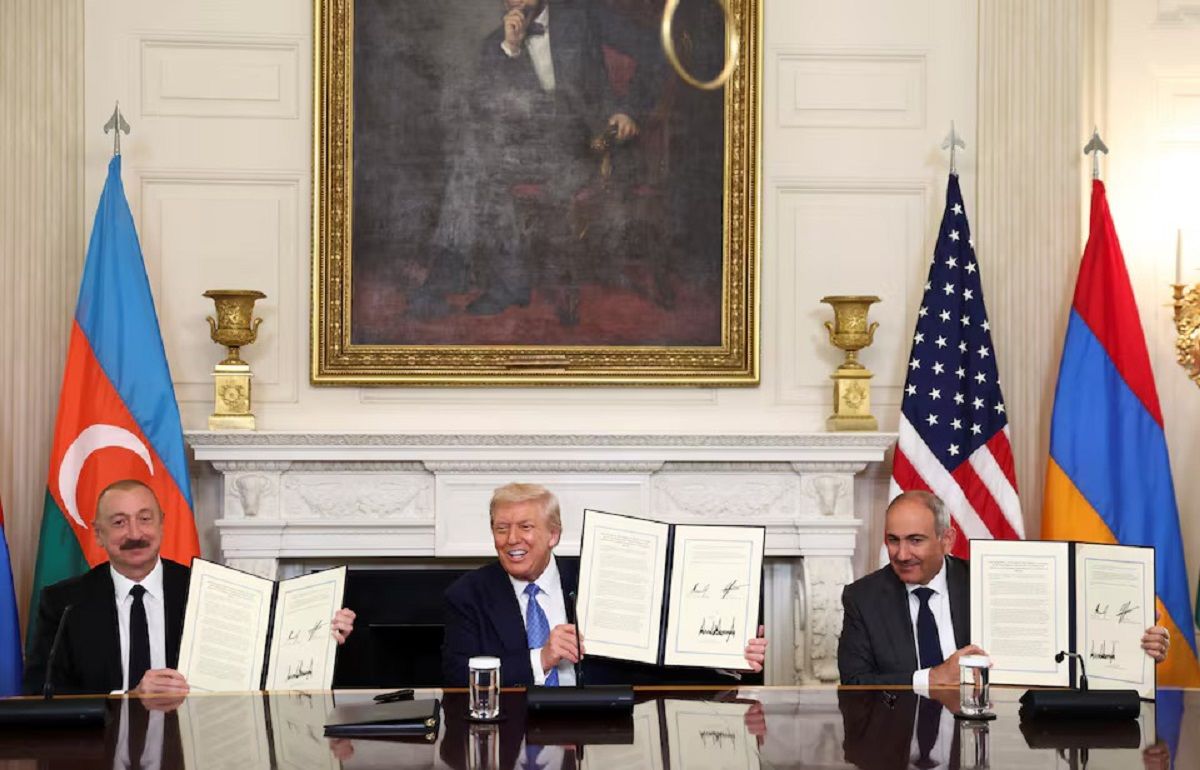
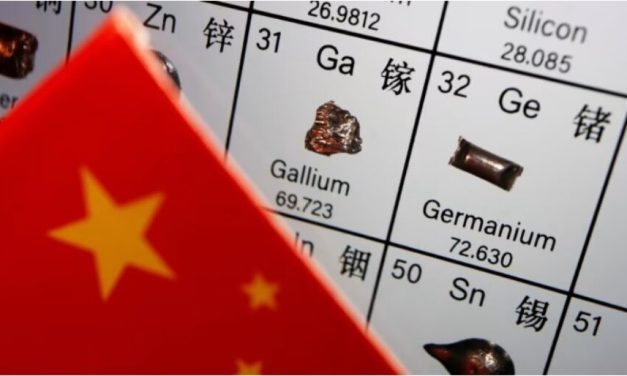
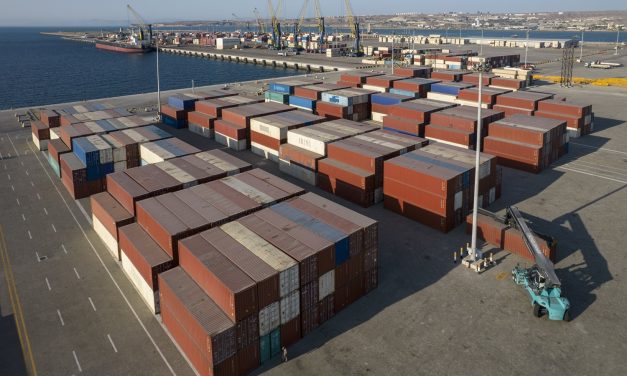
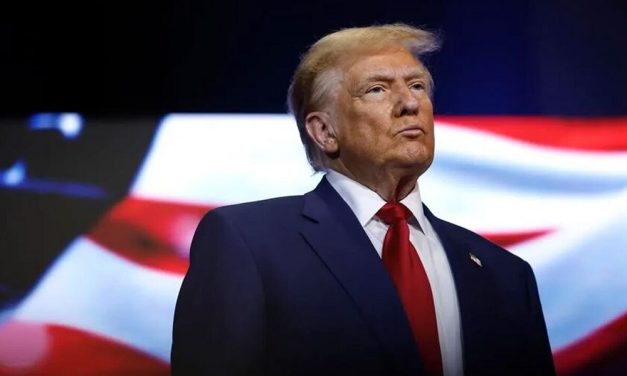
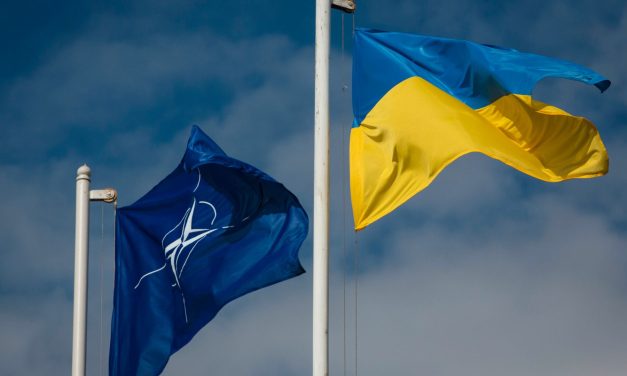

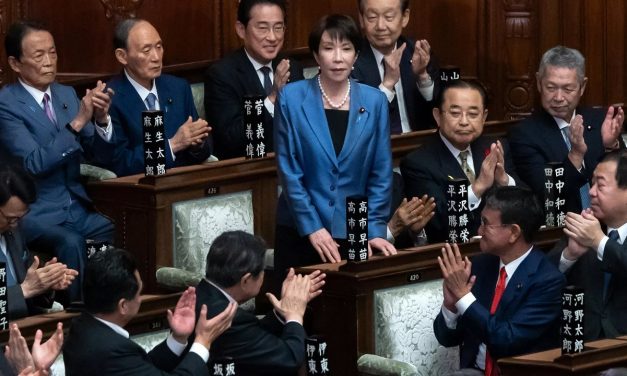
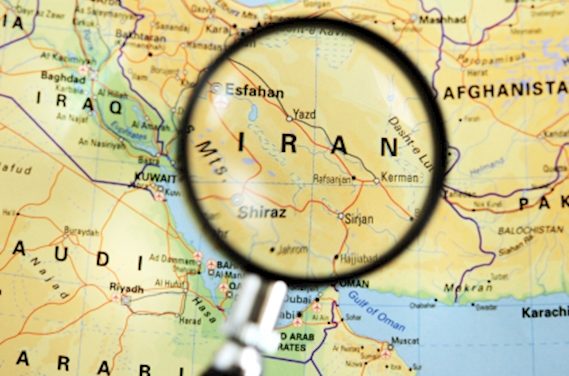
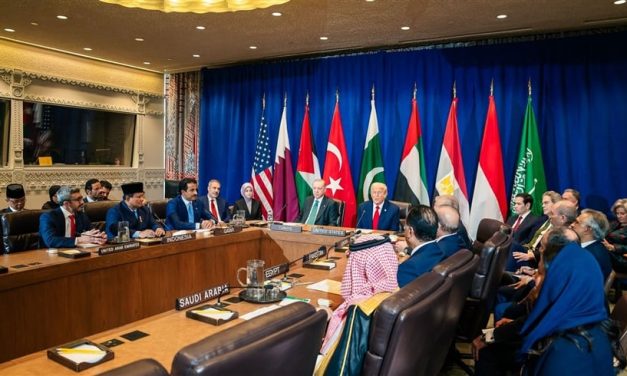

0 Comments